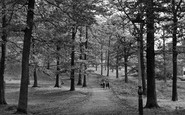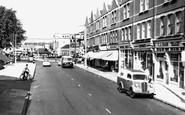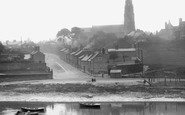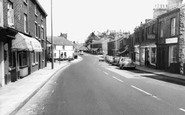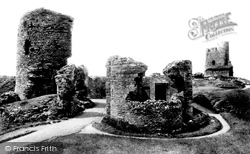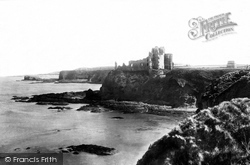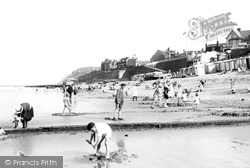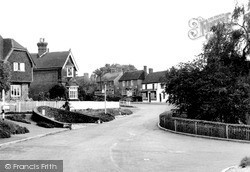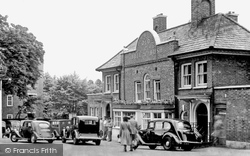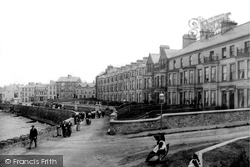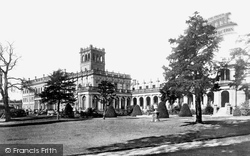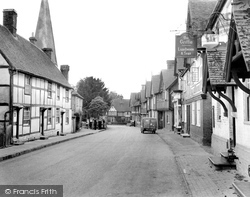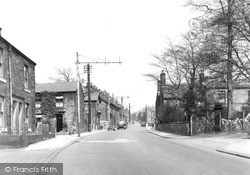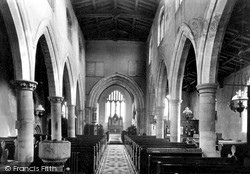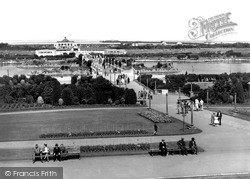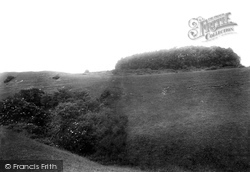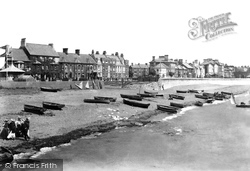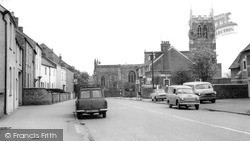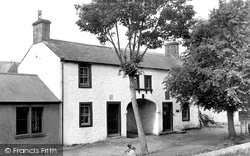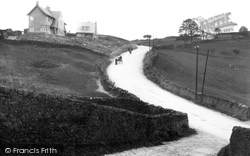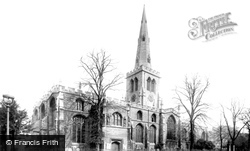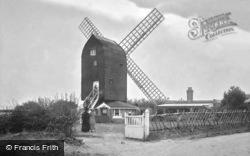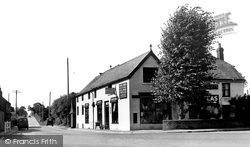Places
18 places found.
Those places high-lighted have photos. All locations may have maps, books and memories.
- Hythe, Kent
- Hythe, Hampshire
- Small Hythe, Kent
- Bablock Hythe, Oxfordshire
- Methwold Hythe, Norfolk
- Hythe, Somerset
- Hythe, Surrey
- Hythe End, Berkshire
- The Hythe, Essex
- Egham Hythe, Surrey
- West Hythe, Kent
- New Hythe, Kent
- Broad Street, Kent (near Hythe)
- Horn Street, Kent (near Hythe)
- Newbarn, Kent (near Hythe)
- Newington, Kent (near Hythe)
- Broad Street, Kent (near Hythe)
- Stone Hill, Kent (near Hythe)
Photos
360 photos found. Showing results 3,321 to 360.
Maps
101 maps found.
Books
10 books found. Showing results 3,985 to 10.
Memories
4,406 memories found. Showing results 1,661 to 1,670.
West Hampstead
I was born in Lymington Rd, West Hampstead. My dad was employed by the council. I later worked for Fotoco, Finchley Rd and R.Fox, Hampstead, went on to be a chauffeur, a bus driver, and an ambulance driver. I also worked at ...Read more
A memory of Hampstead by
Home Is Where The Heart Is..
My first memory of Garsington is of being on the crossbar of my dad's bike which had a seat and bracket for my feet. Although we were a Garsington family my father had work at the Morris factory and moved to Cowley to ...Read more
A memory of Garsington in 1949 by
Lamb
I remember visiting my grandparents in Auchnarrow. They lived in a small cottage. I am trying to trace ancestors and if anyone knows of any Lambs still resident in the area I would be grateful for any help. I think my mum might have been ...Read more
A memory of Glenlivet in 1971 by
American Tracing Roots To Mountain Ash
My name is George Reese---and I am in the US. My relatives came mainly from Glamorgan, but a few from England. About 20 years ago, I started to research my family roots. My mother gave me a small Bible, ...Read more
A memory of Mountain Ash in 2008 by
Underground Shelters On Figge's Marsh
In 1944, when I was six, bombs dropped at the end of our road in N. Mitcham (Caithness Road) rendering our home, and others, uninhabitable, and after spending one night at Woodland Way Community Hall we were ...Read more
A memory of Mitcham in 1944 by
Leigh During World War 2
There were quite a number of bombs dropped in and around Leigh during WW2. This was probably due to hostile aircraft jettison bombs after leaving London or Croydon area. The largest was in the orchard just past Leigh ...Read more
A memory of Leigh in 1940 by
Sunny Blaenllechau
born in sunny blaen in 1954 growing up in the village was and always will be the highlight of my childhood so many good people i remember playing in the Glyn with Kevin hughes slapperers around blaen sports day up in the ...Read more
A memory of Blaenllechau by
A Grand Hotel Was The Palace
I was a pupil at McLaren high from 1945 to 1955 and I have found memories of those years. The photo of the Hydropathic reminds me of my childhood spending many hours playing hide and seek in what was the known as the ...Read more
A memory of Callander in 1947 by
Happiness And Memories
I used to attend St. Marys without the walls church service every Sunday and eventually in 1956 got married there by the Rev. Digby Thomas. My Father had been a choir boy in that church many years before, having lived in ...Read more
A memory of Chester in 1950 by
Crabtree's Farm
I wasn't born in Disley. My Grandparents built a little wooden bungalow in a field owned by the Crabtree family. It was built before the war for holidays. Before that they had a big tent and all their family would go to stay. During ...Read more
A memory of Disley in 1950 by
Captions
4,899 captions found. Showing results 3,985 to 4,008.
Recaptured by the English in 1407, it fell again to Glyndwr in 1408, but he was only able to hold on to it for a few months before it was once again in English hands.
Tantallon was a stronghold of the Douglases, a powerful family who were wardens of the Border Marches, lords of Galloway, and by the end of the 15th century masters of much of Lothian, Stirlingshire and
The beach huts are at a rakish angle, but are protected against the strong winds by the sea wall. The cliff pathway in the distance is the start of a scenic walk to Cromer, some three miles away.
The pretty village of Kemsing, on the Pilgrims' Way, boasts St Edith's Well, which is just by the walled war memorial at this road junction.
The earlier pub on the site, made famous by the music hall star Florrie Ford, was demolished in the early 1920s, and rebuilt to a vaguely similar design.
Bowman's Terrace was one of the earliest, claiming space hard by the sea and near the town.
At this time Trentham Hall was still used by the Dukes of Sutherland, and local people were allowed access to the gardens on public holidays and during Wakes Week.
The area was made notorious by the 'Piltdown Man' fake archaeological discoveries in the 1910s. The nearby Sheffield Park estate built the modern mock half-timbered houses at the end of the street.
The event is commemorated by the Whitehead Garden.
The chancel was rebuilt in 1858 by the architects Millican & Smith, who also carried out unremarkable works at Arnesby, Bagworth and Markfield, among others.
The present foreground view remains similar to this picture, but the area between the far side of the lake and the shore has been transformed by the buildings of the Ocean Plaza retail and
Now a tree-clad hilltop fort, this is another example of the many forts built by the Iron Age people. To date it has never been excavated.
The first section of the wall was completed in 1842, paid for by the local landowner John Rolle. It was 1,900 feet long and constructed from Devon limestone.
By the post-war period traffic had increased, so traffic lights were installed (see K13018, pages 52). The KICS (Co-op) drapery building with Jacobean bay windows can be seen down Newland Street.
By the end of the 19th century, New Street was both the principal business street in the town and the best for shopping and entertainment.This view is from Paradise Street.
The view looks at St Mary's from the north, along a varied terrace of possibly late 18th- and 19th- century houses which are not enhanced by the long brick boundary wall.
He became one of the most respected of Victorian commentators on social philosophy, his views and opinions always conditioned by the childhood years he spent in this plain house and isolated rural community
Barnoldswick is pronounced 'Barlick' by the locals. This is another village that has moved with boundary changes.
This view is from the south-west by the Town Hall; we can see from the west front, seen on the left, that the nave and aisles are the same height, a style known as a hall church, and the
During his visit to the Highlands, Dr Johnson was entertained here by the 5th Duke. The town was originally closer to the old castle, but was relocated in the mid 18th century.
It owes its origins to the establishing of a fishing station by the government Fishery Board in 1786. The aim had been to develop commercial fishing in the Firth of Lorne.
High Salvington, a hamlet on the downs, is now swallowed up, as is the Findon Valley below to the east; in effect it is a suburb cut off by the teeming A27.
Even the church of Holy Trinity, masked here by the foreground tree, was built in forbidding Mountsorrel granite c1865 by Derbyshire architects, Stevens & Robinson.
Nearby is a memorial to a World War Two fighter airfield, which was used by the American Air Force.
Places (18)
Photos (360)
Memories (4406)
Books (10)
Maps (101)

